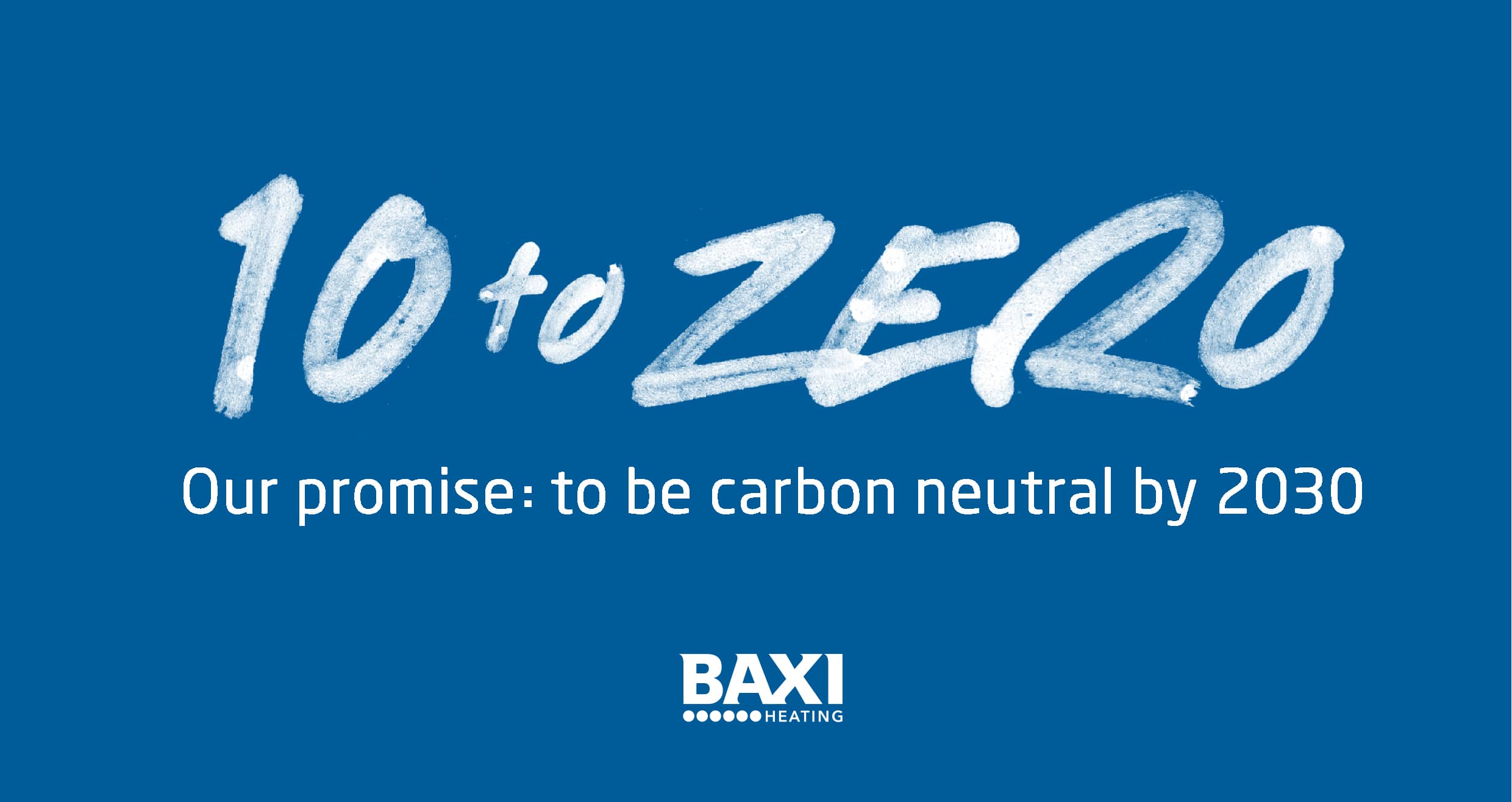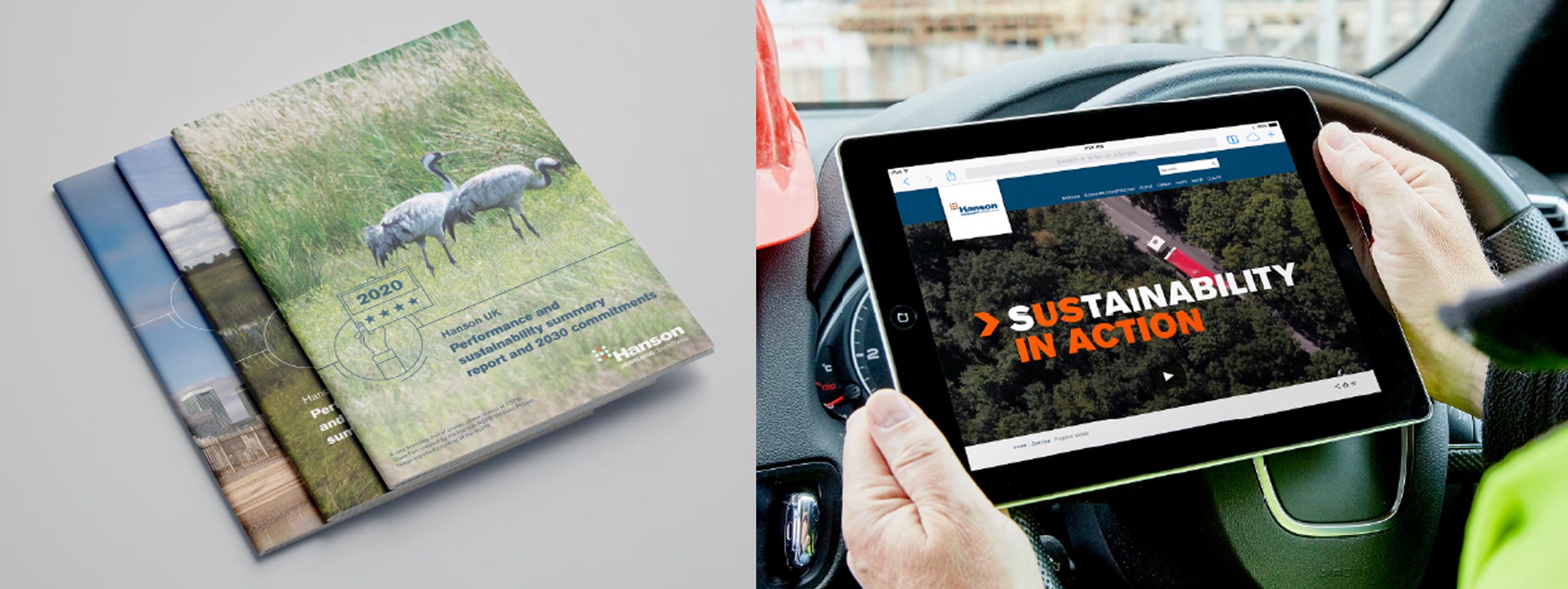Is your CSR strategy right for your audience?
Since our last blog on the subject of CSR strategies in September 2019, spreading the word about your business’ Corporate Social Responsibility (CSR) has become increasingly important for driving engagement.
Now is the perfect time to show your organisation’s commitment to the causes that really matter to you – and to engage with new audiences, as well as with existing stakeholders and employees, wherever they are.
CSR is good for the world, it’s also good for business.
Like any good marketing strategy, it is essential that you understand the needs of these different audiences and use innovative routes to drive engagement. But how you talk to them is key.
There is a realisation that you can do all the good you want, but if your customers and other stakeholders don’t see it, there seems to be less point.
Hans von Boche - Starbucks Director of CR and Communications in Europe
Communicating with the outside world
When communicating with your customers and the outside world, the most successful CSR communications are engaging, informative and easily digestible. Detailed reports with plenty of statistics about your company’s CSR implementation might appeal to stakeholders and investors with industry knowledge, but they are unlikely to capture the imagination of your customers.
Start a conversation.
Tell stories that reflect the benefits of your good deeds and invite interaction. Innocent Drinks have long been experts in customer engagement and at inspiring user-generated content. They encouraged their customers to knit woolly hats for their drink bottles back in 2003, in aid of Age UK, a campaign that was so successful it continues to run today.
Tips for telling your stories
- Engage followers on your social media channels and don’t just tell them about your initiatives. Get them involved, with community projects, fundraising or volunteering. Start a social campaign to provide a platform where people can share achievements, images or videos.
- Analyse consumer attitudes to your brand by setting up alerts for brand mentions on social media or communicate directly with consumers through focus groups and online surveys.
- Focus on the issues for your brand which are also relevant to your consumers.
- Experience and a hands-on approach can really get you noticed by new audiences. Experiential marketing isn’t disappearing, and customers increasingly want the chance to engage with brands on a meaningful level.
- Show customers your people and workplace, by giving them a peek behind the scenes.
- Involve your customers. Give them a chance to see how their purchase has directly benefited an environmental and/or social cause. This will help them to feel more personally invested in your brand and provide a positive brand experience.
- Meet people face-to-face at conferences and events – whether physical or virtual – to get your message ‘out there’ and reach new audiences.
- Share and keep in touch. Regular digital marketing communications like email and newsletters can still be highly potent and cost-effective channels.
- Reward your customers. Try flipping the focus; consumers want to align themselves with companies with similar values, but their motivation when choosing a product or service can also be self-centred. So ask yourself: ‘What’s in it for them?’
- Authenticity will gain customers’ trust. Proving your commitment to a cause, or to change, by going ‘above and beyond’ can help differentiate your brand from competitors. Baxi Heating did just that, with their promise to achieve net-zero carbon emissions by 2030 – 20 years earlier than the UK Government’s commitment to net-zero greenhouse gas emissions by 2050.

How to boost stakeholder engagement
For a CSR strategy to be successful, we know that it has to become a fundamental part of a business’s day-to-day activities. For that to happen, effective engagement of both internal and external stakeholders is vital. Stakeholder disenchantment can also be avoided through authenticity.
Communicating authentically to stakeholders and investors – who are also interested in the benefits to the business, and the results achieved – can take many forms.
Often when they hear of corporate social responsibility, they see half-hearted commitments, glossy reports, and unfulfilled promises.
Source: 9Lenses
CSR may be mandatory, but it needn’t be run-of-the-mill.
- Create platforms for stakeholder engagement, understanding what value they expect and how they prefer to receive your communication can direct your efforts better.
- Report and provide financial information, such as how much money or time the company is investing in projects. Facts and results appeal to all stakeholder groups, from analysts, to the media, to employees, and helps create greater corporate transparency.
- Focus on sharing how ‘doing good’ is essential to the organisation’s success. Clearly communicating your strategy, process and the end goal will prove your authenticity.
- Track your progress. Don’t forget to share mini milestones. By doing so, you’ll help get your actions noticed and you’ll keep everyone up to date between annual statements. Don’t shy away from sharing the bumps in the road too, for improved transparency.
- Measure performance and clearly communicate the results. Think beyond traditional, printed reports and case studies, which aren’t usually the most sustainable way to communicate. If stakeholders are open to it, there are many different and engaging ways to tell people’s stories and company achievements – think about digital, audio and visual solutions too.
- Deliver your message in a way that practices what you preach. It’s important to get stakeholder approval before you change how you talk to them, but if sustainability matters to your company, there are lots of environmentally friendly ways of sharing the results of your CSR activities. For example, Hanson dramatically reduced the number of printed sustainability reports, by introducing first an animated film summarising their results, followed by a short film showcasing their sustainability actions.

Communicating with your people
It’s vital to embed your CSR ethos in every part of your company. CSR is often thought of as a way to positively influence the external reputation of your brand, but it can also have a positive effect on employees and how they feel about an organisation.
Younger generations are the most aware of the impact of both their purchases and the brands they buy from, therefore the pressure on brands is only set to increase.
According to Inc, millennials will also make up 75% of the global workforce by 2025. With this in mind CSR will be increasingly important when attracting or wishing to retain employees.
64% of millennials won’t take a job at a company that doesn’t have strong social responsibility practices.
Source: Insight Publishing
Your CSR strategy can boost satisfaction ratings while fostering a sense of pride and community spirit in the workplace. Your employees can also be your best brand ambassadors, as advocates of your brand and its values – it pays to get it right.
- Mentor young people or provide scholarships for those from underrepresented communities, it can ensure a pipeline of suitable talent for the future. Why not campaign these opportunities?
- Share what’s going on. Employees can’t care about what they don’t know about. Communications should be on the initiatives themselves, not the company.
- Develop your team with training and workshops (physical or virtual). They can be key to getting employees involved with fundraising and volunteering, as well as a way of sharing your company’s progress towards its CSR goals.
- Enable your CSR managers to fulfil an “internal activist” role. They will help frame the organisation’s CSR activities and influence the way that CSR is understood in and around the company.
- Mix it up – don’t just rely on emails to tell your CSR stories, think about videos or interactive visual engagement tools. Mixed media communications result in higher engagement.
- Revamp your space. The internal environment is often overlooked when communicating a company’s philanthropic goals, but effectively rebranding spaces can change an employee’s perception of the organisation and instil a sense of pride and belonging.
Organisations and their managers are told to walk their CSR-talk; to practice what they preach. As a general rule, the ‘walk-the-talk’ recipe provides a sensible buffer against the evils of hypocrisy.
Christensen, Morsing, and Thyssen (2013)
E.ON made the most of their internal spaces, inviting their people to immerse themselves in the new sustainable solutions. A full-size selfie pool engaged onsite staff and encouraged social sharing, while digital films and messaging brought the message to life for remote workers.

We know first-hand the difference well designed space can make and how it can boost engagement. Better working environments will also help encourage people back into the office.
How does your strategy measure up?
A well-executed CSR strategy can have wide-reaching benefits; from protecting the environment and serving communities, to enhancing social inclusion and brand perceptions. It is no longer a nice to have, it is a driving force, which if done right delivers growth and customer loyalty.
At Michon, we have nearly four decades of experience in offering CSR consultancy, helping companies to communicate with a variety of audiences in engaging and innovative ways.
To find out about how we can help you, get in touch with us today, or check out our work. Alternatively, for the latest marketing and branding insight visit our Articles page.